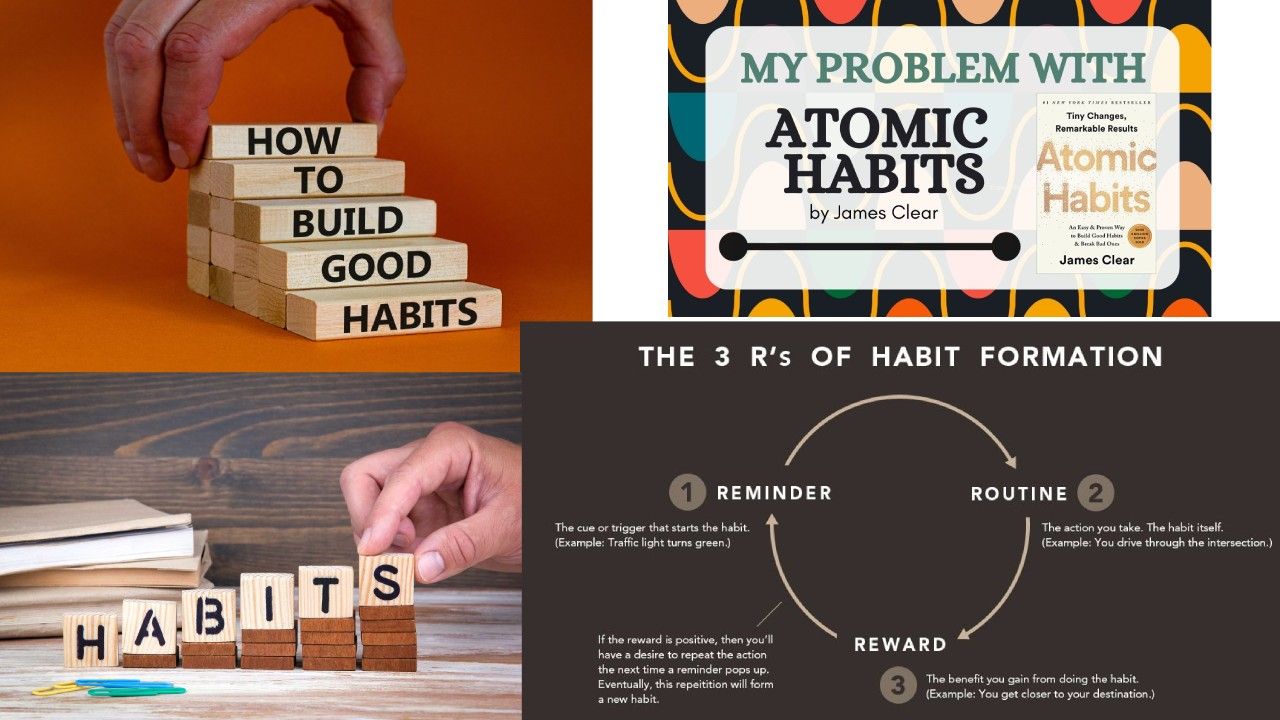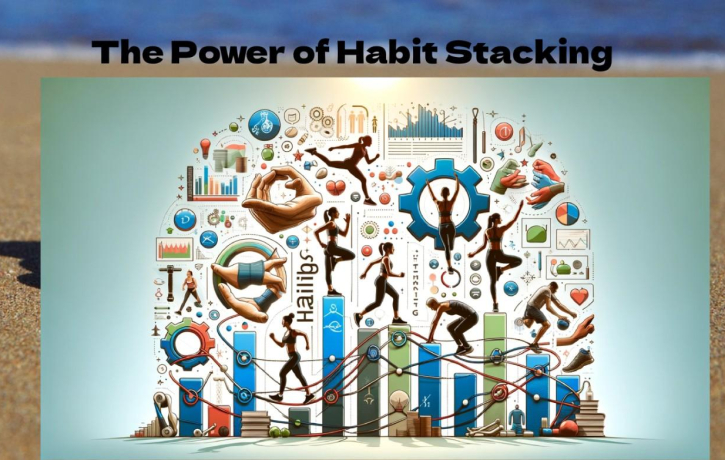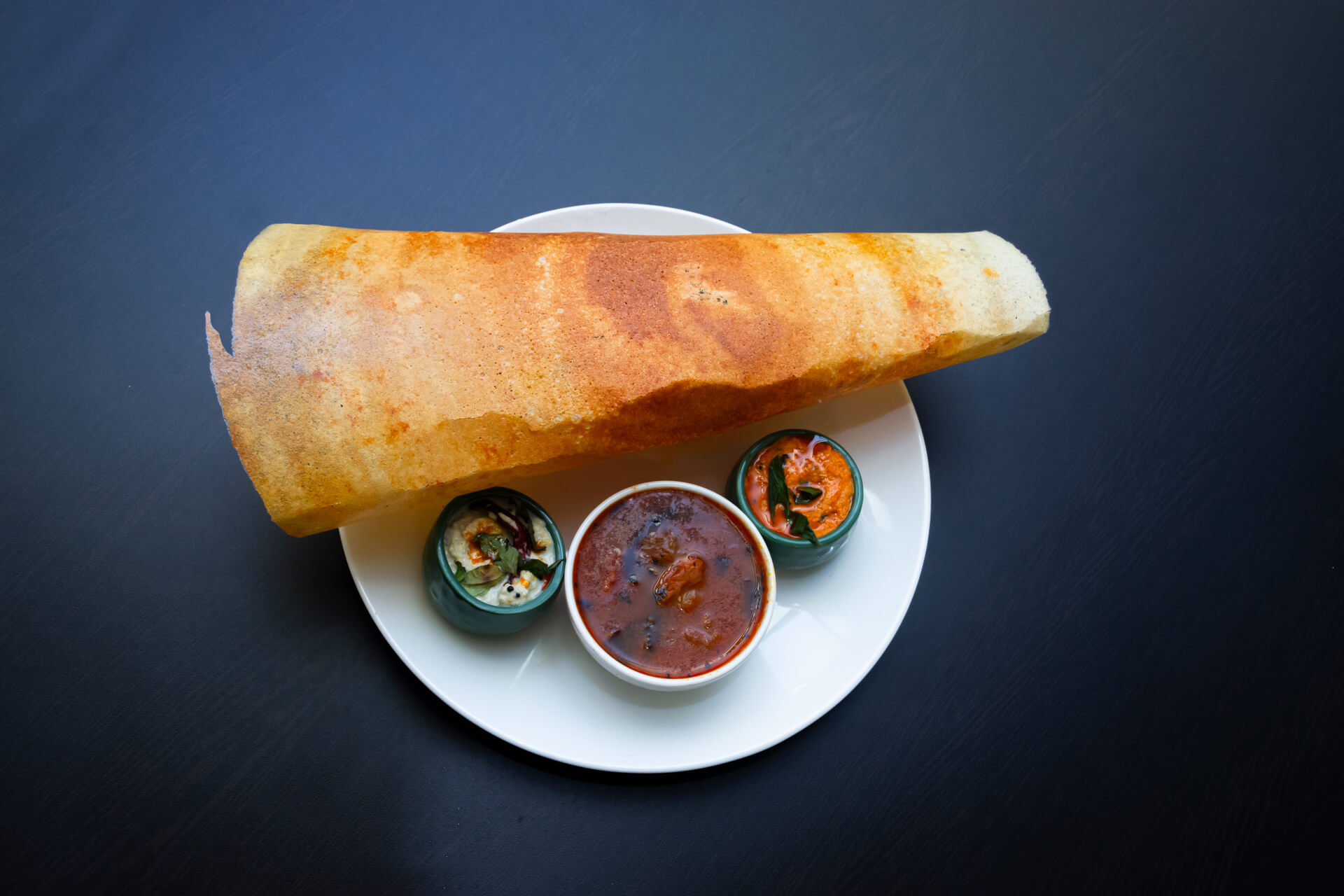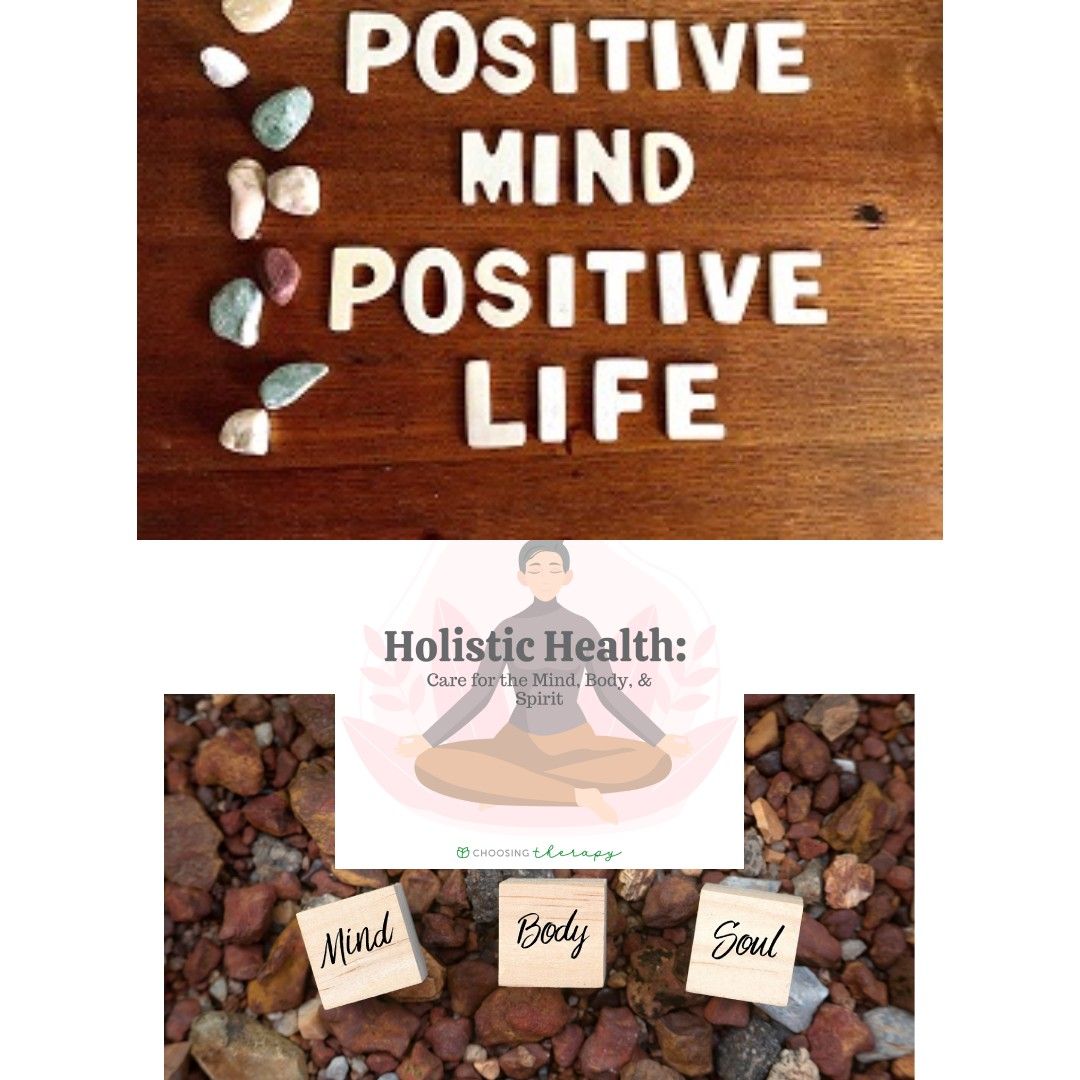
In today’s fast-paced world, building and maintaining a productive routine can feel like an overwhelming task. Many people struggle with creating lasting habits; in other words, they can’t stick to their plans. There is, however, a simple yet powerful technique that will help you create lasting habits-habit stacking. We are going to take an in-depth look at habit stacking, benefits, and how you can apply it into your daily life to develop a habit that will stick.
What is Habit Stacking?
Habit Stacking Habits expert James Clear and his book Atomic Habits proposes the concept of habit stacking. It assumes an existing habit you do automatically and “stacks” a new habit on top. The idea is to leverage the power of pre-existing routines for new behavior to become more automatic and thus easier to accept.
For example, if you already drink a cup of coffee every morning, you could stack a new habit, like journaling for five minutes, right after you have finished your coffee. This way, a new habit is linked to an existing behavior and therefore is a seamless transition from one action to another.
Why Habit Stacking Works
Habit stacking works because it capitalizes on the brain’s natural tendency to create habits. Once a behavior becomes habitual, it requires little to no cognitive effort. This makes it easier to add new habits because your brain is already accustomed to performing routines with minimal thought.
1. Leverages Existing Routines
Attaching a new habit to an already-established one eliminates the mental barrier of having to find time to practice this new habit. This therefore makes it reduce friction that usually prevents us from starting new routines .
2. Simplicity and Consistency
Habit stacking is beautiful in its simplicity: no need to reschedule your life; instead, you should build on what works. What is central here is the cornerstone of habit formation: consistency. The theory is that by stacking small habits over time, it would be easier to stick to them.
3. Reduce decision fatigue
The challenge of decision fatigue in building new habits goes as follows: the more you decide, the less available energy you have for all your activities. Through habit stacking, you reduce decision fatigue because you have already made the decision to participate in the first habit, and then comes the habit added. How to Create a Habit Stacking Routine
How to Create a Habit Stacking Routine
The process of habit stacking is straightforward, but some planning and intention are necessary for creating a good habit stack. Here’s how to do it.
Step 1: Identify Your Current Habits
Start by identifying habits you already do regularly. These may be simple actions such as brushing your teeth, making your bed, or having breakfast. Ideally, these behaviors don’t require thought; they’ve already become automatic.
Step 2: Select a New Habit to Stack
This time, you will choose a small habit you will introduce in your life. Be sure to keep the habit you add very minor and achievable. The more specific the habit, the better. For example, instead of saying you will “exercise more,” you might resolve to “do five push-ups after brushing your teeth.”
Step 3: Associate the New Habit with an Existing Habits
Now that you have identified your current habits and chosen a new one, it is time to link them. Find a natural connection between the two. If you drink a glass of water every time you wake up, you could add a 5-minute stretching session immediately after your glass of water. Then, the existing habit of drinking water prompts this new habit of stretching.
Step 4: Keep it Small and Achievable
One of the biggest mistakes people make when trying to build new habits is setting unrealistic expectations. Start small with habits that are easy to incorporate into your day. Over time, as these new behaviors become ingrained, you can gradually increase their difficulty or duration.
Step 5: Track Your Progress
But more importantly, it helps with the development of habit consistency. You can utilize simple habit-tracking apps, calendars, or even a notebook to monitor your behavior. When checking off the days you have already completed, you will be able to derive positive reinforcement, and such a feeling would keep you motivated.
Examples of Habit Stacking
Here are some practical examples
Stack of Morning Routine
Once I wake up, I will consume a glass of water.
After drinking water, I’ll meditate for 5 minutes.
Write down three things I’m grateful for after meditation.
This morning stack takes care of hydration, mindfulness, and gratitude in one easy routine that will start my day in the right direction.
Work Routine Stack
After sitting at my workstation, I check my to-do list.
After checking my to-do list, I list the top three priorities.
Having prioritized my tasks, I will begin with the first one.
This working schedule helps you keep organized and focused by tackling the most crucial things in the very beginning of the day.
Fitness Routine Stack
I will immediately take a 10-minute walk after I am done with my breakfast.
I will do 10 push-ups after walking.
Following the push-ups, I will stretch for 5 minutes.
This fitness stack entails a mix of moving and stretching, which will make it easy for you to develop consistent exercise routines without being overwhelmed.
Benefits of Habit Stacking
Habit stacking is not only great for building new habits; it can also be helpful in generally improving your well-being and productivity. Here are some few benefits:
1. Improves Time Management
Linking habits together allows you to streamline your day and cut down on the time spent thinking about what to do next. This means you have a few hours to consider other activities, like work, personal projects, or some relaxation.
2. Boosts Motivation
Success breeds motivation. When you start stacking habits, the small wins build on each other, creating a positive feedback loop. Each time you successfully complete a habit, you gain confidence and are more likely to keep going.
3. Increases Accountability
Having a stacked routine gives you a better sense of responsibility in that if you skip one portion of the stack, it usually ripples into the rest of your day, thus motivating you to keep on the right track.
4. Enhances Long-Term Change
Perhaps the greatest strength of habit stacking is that it promotes lasting personal change. Having adopted one small increment in your daily routine, you are going to build yourself up for sustainable personal change over time. And each of those small changes adds up to amount to a real difference in your life.
Conclusion
Habit stacking is a powerful and practical strategy for building routines that stick. By leveraging what you already do, you can create a flowy day that feels effortless and requires less willpower. Whether you’re trying to better your health, be more productive, or gain a better mindset, habit stacking has simple yet effective ways of making lasting changes in your life. Start small, be consistent, and watch how your routines evolve into habits shaping a better you.
Habit stacking isn’t about doing more. It’s about doing things in a smarter way that leads to lasting change.








